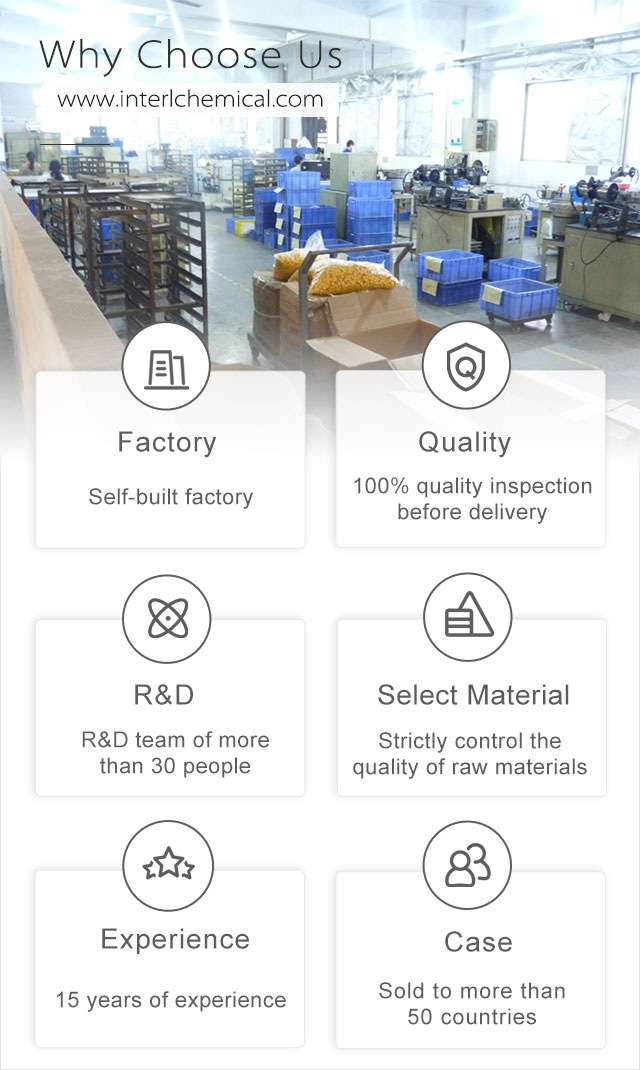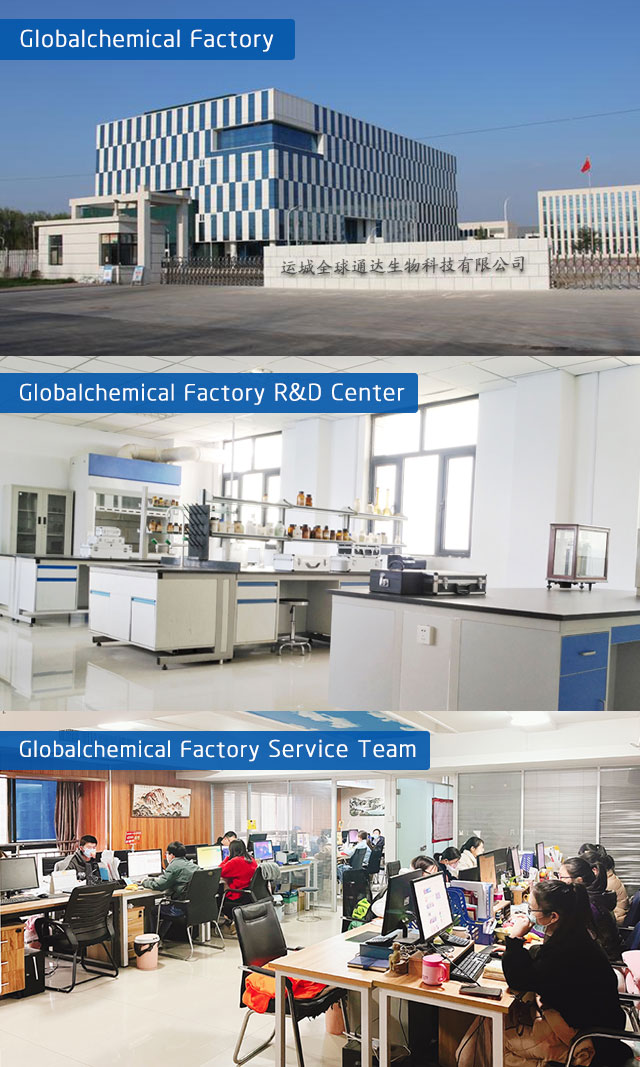



Related Attributes
Product details
Brilliant Blue powder is a biological stain that can be used as a qualitative labeling reagent for proteins. Brilliant Blue CAS 2353-45-9 is an acidic dye that dissolves in water (4% solubility) and alcohol (9% solubility). Brilliant Blue Raw Materials is a dye for cellular-containing cellulose tissue, which is widely used in staining cells and plant tissues.
Functions of Brilliant Blue powder
Applications of Brilliant Blue powder
1. Biomedical Research
Protein Staining
Used for rapid staining of protein bands in polyacrylamide gel electrophoresis (SDS-PAGE), with a sensitivity 3 times higher than naphthol blue black B.
Applicable for determination of urine protein concentration and analysis of biomacromolecules such as collagenase.
Neuroscience
As a non-competitive antagonist of P2X7 purinergic receptor, it inhibits neuroinflammatory response (IC50 for rat and human P2X7 is 10.1 nM and 265 nM, respectively).
It can reduce weight loss in the mouse model of amyotrophic lateral sclerosis (ALS), but has no significant effect on survival rate.
Ophthalmic Surgery Assistance
Used for staining of the internal limiting membrane (ILM) in macular hole (MH) and epiretinal membrane (ERM) surgery to improve surgical visibility.
2. Food and Industry
As a food additive (such as acid blue 90), it is used in limited quantities in beverages, candies, ice cream, etc. (GB2760 standard stipulates that the maximum addition amount is 0.025g/kg).
3. Other Uses
Dyes in the early textile industry, later used in the field of biochemistry
Physicochemical Property of Brilliant Blue powder
Reddish to brownish purple particles or powder with a metallic luster. No odor. Easily soluble in water, ethanol, neutral aqueous solution is blue-green, acid is green, alkaline is blue to blue-purple.
How to synthesize Brilliant Blue?
1. Raw materials and reaction steps
Condensation reaction: Benzaldehyde o-sulfonic acid and N-ethyl-N-(3-sulfobenzyl)-aniline condense under acidic conditions to form an intermediate.
Oxidation reaction: The condensation product is oxidized (such as air or chemical oxidants) to form a brilliant blue dye.
2. Purification and salt formation
After the reaction, it is purified by crystallization or precipitation and finally exists in the form of disodium salt (structure contains sulfonic acid group).
3. Preparation of derivatives (such as brilliant blue aluminum lake)
Add brilliant blue aqueous solution to aluminum oxide hydrate containing aluminum chloride and aluminum sulfate, and precipitate and adsorb to form aluminum lake.
What is the staining mechanism of Brilliant Blue?
1. Coomassie Brilliant Blue staining mechanism
Electrostatic binding and van der Waals force
The sulfonic acid group (-SO₃H) in the dye molecule dissociates into negative ions under acidic conditions and binds to basic amino acids (arginine, lysine, histidine) in proteins through electrostatic interaction.
At the same time, the binding stability is enhanced through hydrophobic interaction (van der Waals force) to form a protein-dye complex.
Principle of color change
G250: Red in the free state (λmax=470 nm), turns blue after binding to protein (λmax=595 nm), because the local neutral environment of the protein causes the protonation state of the dye to change.
R250: Red-pink after direct binding to protein, and a decolorization step is required to reduce background interference.
Difference in sensitivity
R250 has higher sensitivity (detection limit 0.1 µg), but requires decolorization; G250 has a detection limit of 0.5 µg, fast staining and low background.
2. Special features of Brilliant Blue G
As a P2X7 receptor antagonist, it inhibits its activity by non-competitively binding to specific receptor sites, which is unrelated to the staining mechanism
Why choose us?

HRK Factory

About Shipping

Pharmaceutical Intermediate manufacturers
©2023 Xi'an Henrikang Biotech Co., Ltd.,